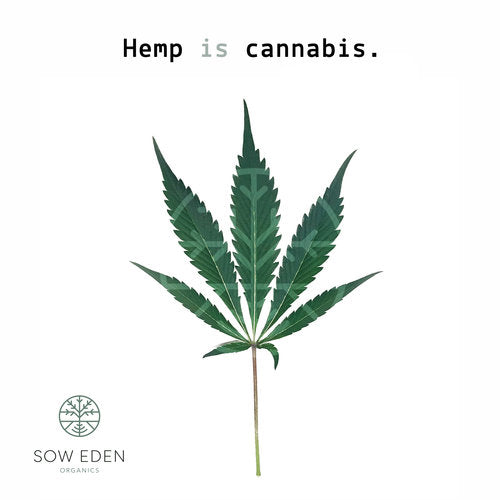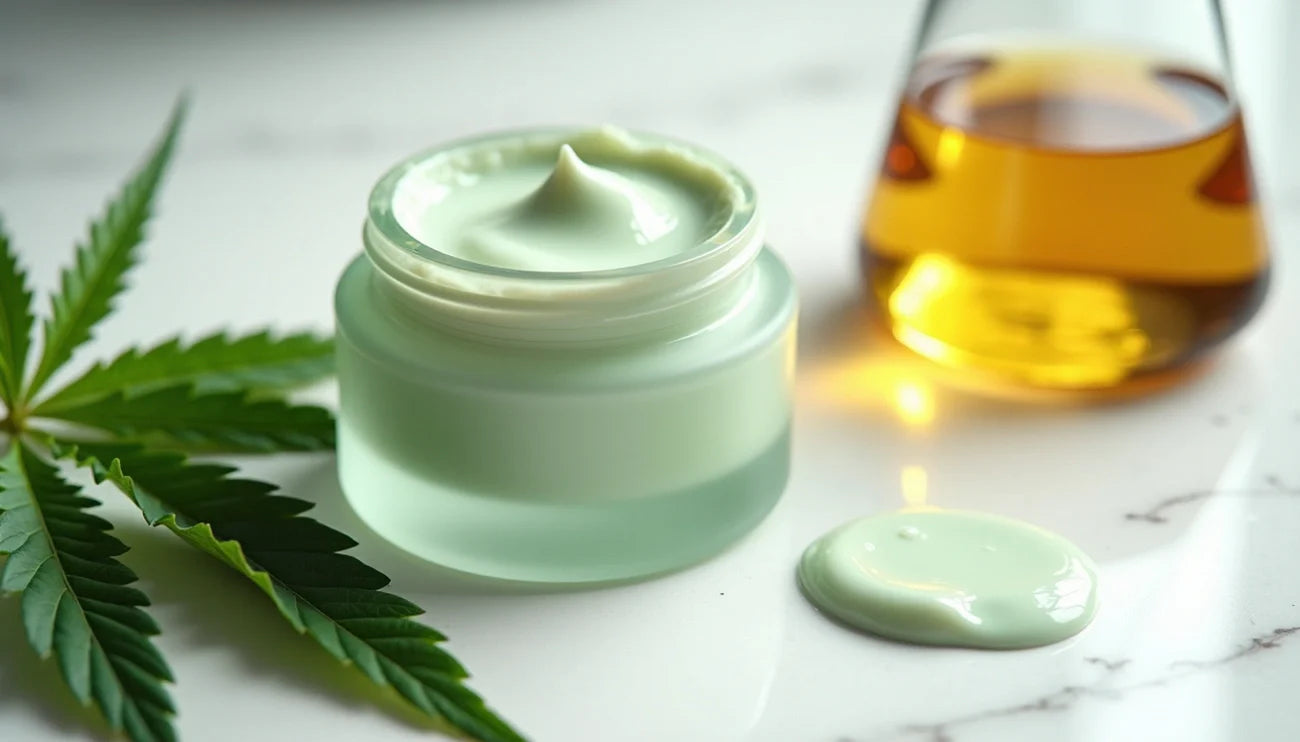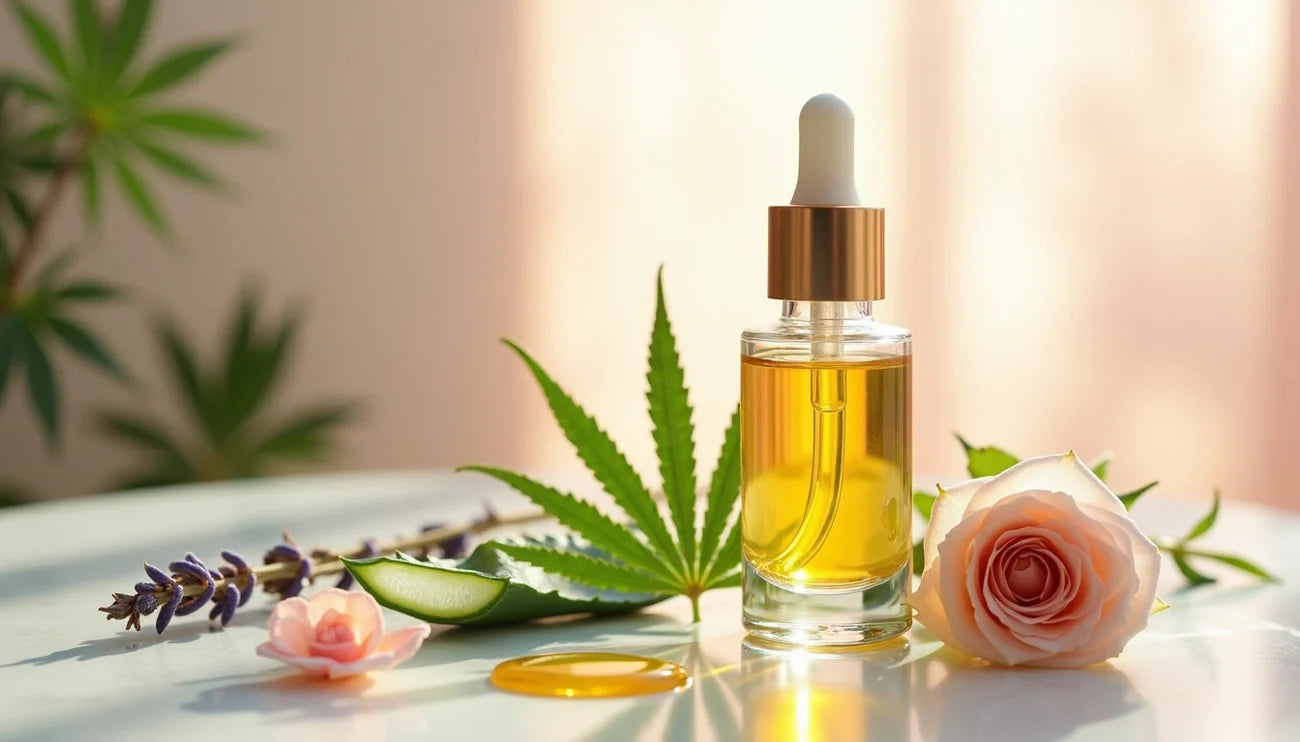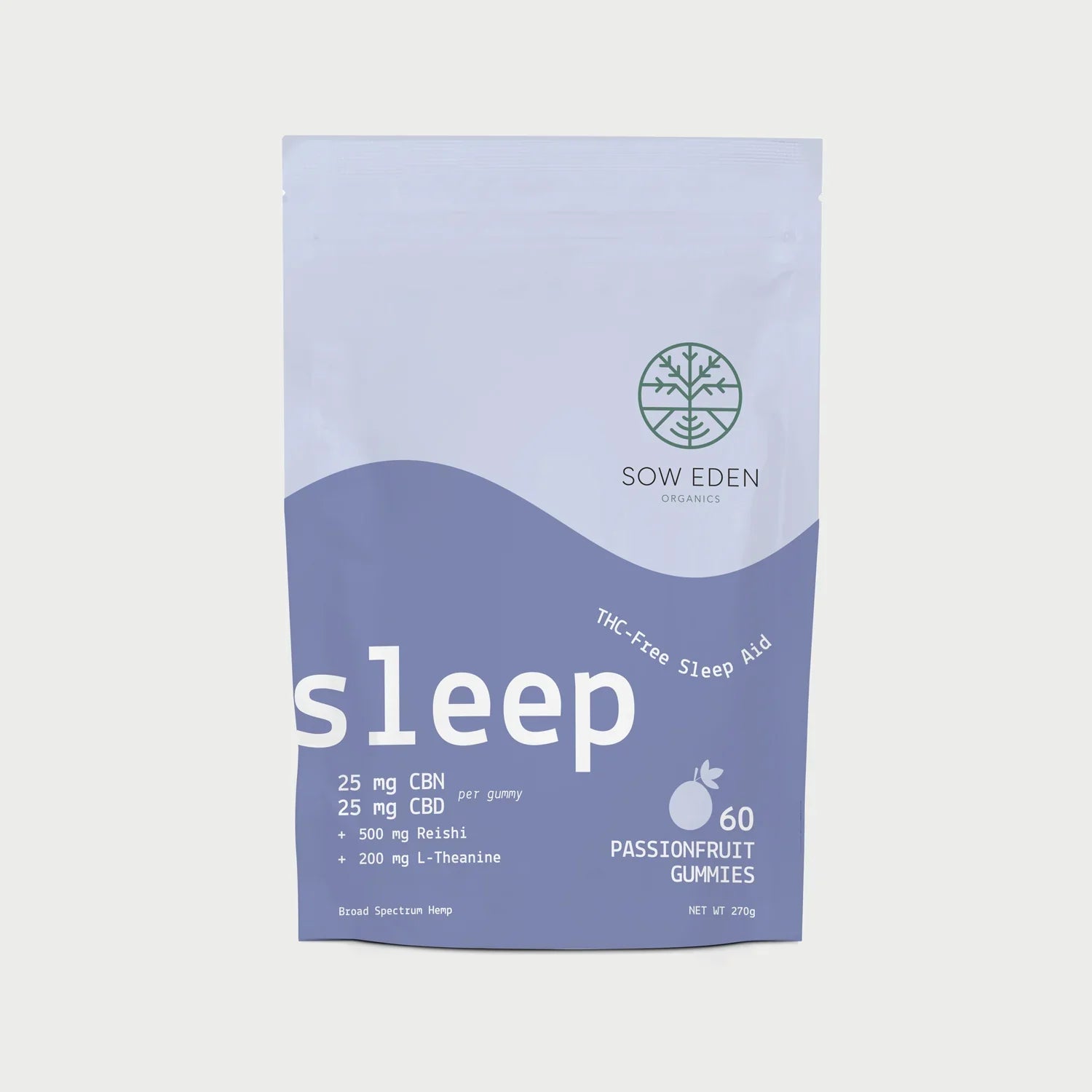
One of the most frequently asked questions we receive is, "Isn't CBD from cannabis better than CBD from hemp?"
The short answer is: No, hemp is cannabis!Technically, hemp is from the genus cannabis (sativa).
But it's a little more complicated and not so black and white, so keep reading!
Most cannabis users have heard at some time or another that “CBD from cannabis works better than CBD from hemp.” Unfortunately, there is a lot of misinformation out there on the web! Compounding this problem, uneducated bud-tenders at legal dispensaries promote the idea that hemp CBD is bad, and cannabis derived CBD is good. The truth of the matter is they really don't know what in the heck they're talking about!
When we use the term "industrial hemp" or "hemp-derived," we do not mean traditional fiber hemp varietals that are used in the production of hemp textiles or hemp seed (oil). CBD does occur naturally in fiber-or seed varieties of hemp, but in extremely low concentrations. Fiber-type varietals of hemp are characterized by their straight, long stalk. True industrial hemp varietals are planted extremely close together and include both male and female plants together. The long fibers produced by the fiber varietals are very strong, and they are used to create a myriad of textiles such as hemp clothing, bracelets, bags, and other goods. CBD can be extracted from fiber-type hemp, but as we noted above, it is in extremely low concentrations and it takes tons of biomass to produce CBD. Much of this low quality input material comes from countries like China. Hemp is also a bio-accumulator, so a crop cultivated in a polluted field can absorb heavy metals, pesticides, and other harmful toxins from the soil. Hemp can even absorb radiation and help mitigate environmental damage.
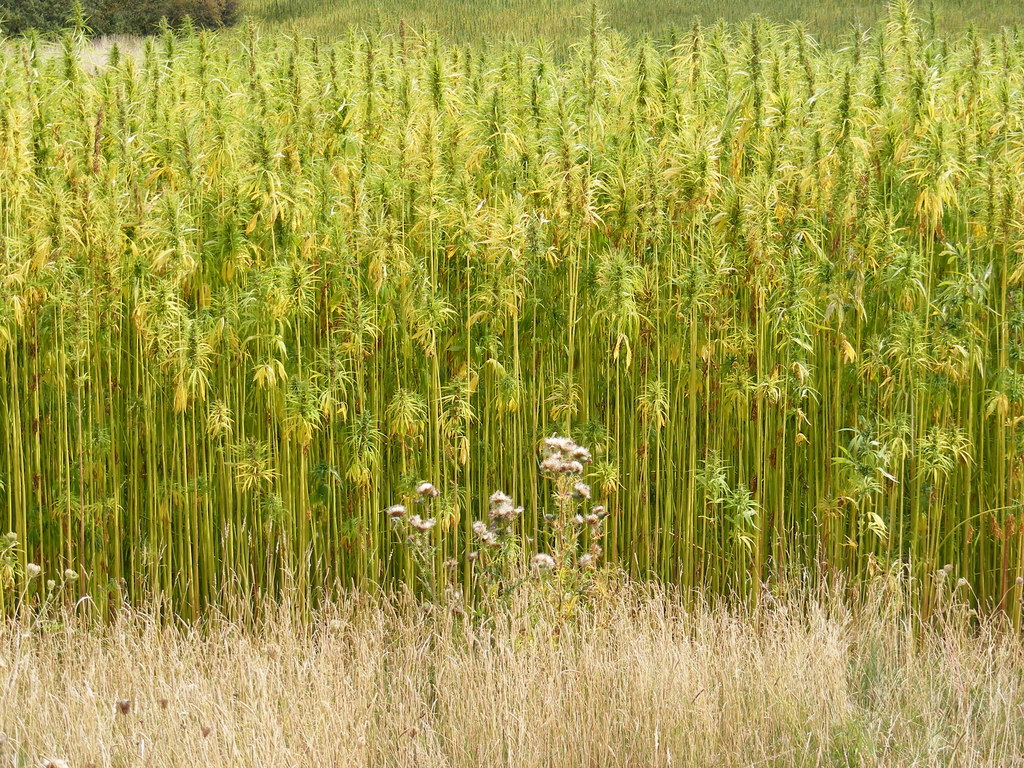
This is true industrial fiber hemp.

Hemp fiber is very strong and is used to make a number of textile products.
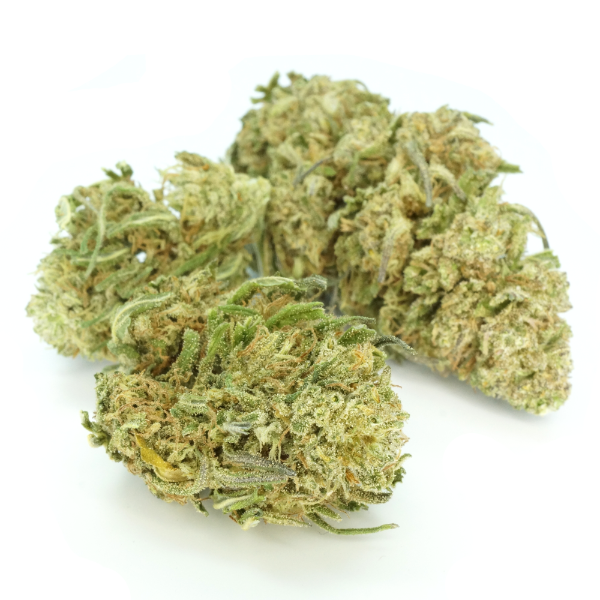
High resin CBD "hemp" flower with < 0.3 % THC
Conversely, the majority of CBD produced in the United States is also derived from "industrial hemp," that is, sinsemilla-type, high resin flowering (female) varietals of high CBD / low THC cannabis. As long as these high CBD cannabis flowers or biomass test at or below 0.3% THC, they are legally considered “industrial hemp.” The Federal government requires that industrial hemp contain no more than 0.3% THC. THC, or Delta 9 Tetrahydrocannabinol, the well-known high-inducing chemical component in hemp's cousin, marijuana. By the way, we prefer the term cannabis over "marijuana," which actually has racist connotations.
When the high CBD oil is extracted from the high CBD hemp biomass and flower, it must also contain less than 0.3% THC. A secondary extraction process is then used to remove the THC from the other cannabinoids. A process called Fractional Distillation is used to remove THC by its boiling
point. What’s left behind is a viscous oil high in CBD with 0.3% THC or less. This can technically be called “hemp extract,” although once again it is from high CBD flowering types of cannabis, not fiber hemp.
Some companies, especially pharmaceutical companies, are now taking extraction a step further by fully isolating CBD in a crystalline form, a process called “CBD Isolation.” CBD isolate is usually a yellow or white crystalline powder. While CBD isolate is generally 95 - 99% pure, it lacks other phytonutrients and other minor cannabinoids that contribute to a phenomenon known as the “entourage effect.” At Sow Eden, we prefer to use a a broad spectrum CBD oil or a broad spectrum distillate over CBD isolate. We want the most for our products and the people using them.
Make sure to check out our full line of CBD products in our online store.
We hope we cleared up some confusion!

#cbd#cbdoil#fullspectrumcbd#cannabis#hemp#hempiscannabis#hempoil#soweden#sowedenorganics

